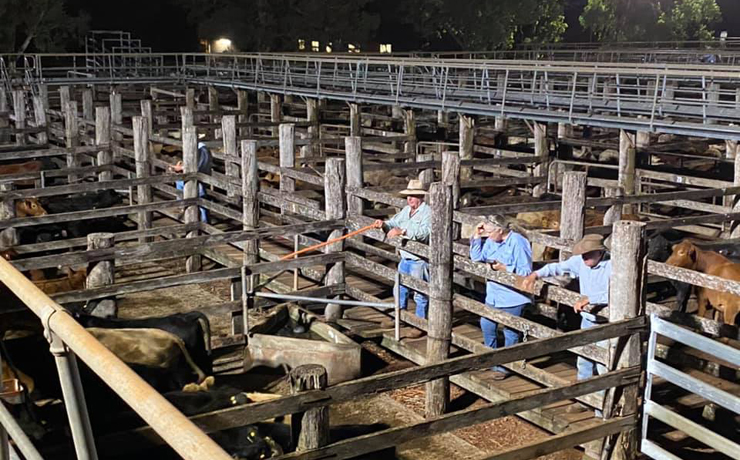
June 14, 2021
The State Government has admitted no tick outbreaks were identified before a recent crackdown on the enforcement of tick protocols at cattle saleyards.
In an answer to a Question On Notice by Member for Nanango Deb Frecklington, Agriculture Minister Mark Furner emphasised there had been no changes in risk management requirements (RMR), although “confusion” over their application had been identified.
Mrs Frecklington’s question followed industry concern that a change in practices meant cattle which have not been pre-treated for ticks would how have to be dipped and held at the saleyards for four days.
The extra holding time at the saleyards means extra costs as well as logistical issues arranging transport after mid-week cattle sales.
Mr Furner said a recent internal review of the cattle tick management framework by Biosecurity Queensland identified “some inconsistencies” with the way RMR were being applied, particularly for accessing feedlots and abattoirs in Queensland’s cattle tick free zone and abattoirs in NSW.
“This RMR has not changed since 2005, but feedback from some sections of industry during the review is showing confusion over the correct application of the requirement,” Mr Furner said.
“To rectify this situation, an owner declaration has been re-introduced.
“While the review identified no cattle tick infestations caused by the inconsistent application of the RMRs, it would be inappropriate to wait for infestations in the free zone to occur before taking action.
“This owner declaration will now be required for all livestock presented to an accredited certifier intended to cross the tick line into the cattle tick free zone.
“Through discussions with industry stakeholders, it was decided to begin on June 1, 2021, and continue to communicate with the cattle industry during May 2021 to ensure all stakeholders understood their responsibilities.
“DAF has engaged with industry and began written communications from April 9, 2021.
“Accredited certifiers were alerted to the re-introduction of the declaration, and a series of webinars was held by senior Biosecurity Officers to discuss the declaration and the correct way to apply the feedlot/abattoir RMRs.
“Further webinars were held for livestock agents and buyers working from infested zone saleyards.
“Senior management of Queensland’s major livestock agencies including Elders, Nutrien, TopX and GDL; senior management of major feed lotting companies including Teys Brothers and Mort & Co; and industry bodies such as Australian Livestock Property Agents and Australian Lot Feeders Association were all directly contacted, and their staff invited to attend the available webinars.
“Relevant AgForce elected members and staff were both contacted directly, and a webinar was made available for their boards and members’ participation.
“At a recent beef industry roundtable, representatives from Queensland’s major processing companies and AgForce discussed the issue directly with the Minister and the Director-General.
“The department, including the Deputy Director-General and Chief Biosecurity Officer, remains in close communication with the cattle industry in Queensland to ensure the requirements for moving livestock into the cattle tick free zone are understood. Information articles and interviews have been provided to industry-based media outlets and have been widely circulated.”
Mr Furner said the RMRs had been developed over many years and were based on scientific understanding of the lifecycle of the cattle tick and use shared industry and government knowledge and experience in the management of cattle tick.
“They are a balance between managing the biosecurity risk of cattle tick infestation in the cattle tick free zone and maintaining market access,” he said.
- Related article: Saleyards Changes A Mess: MP























